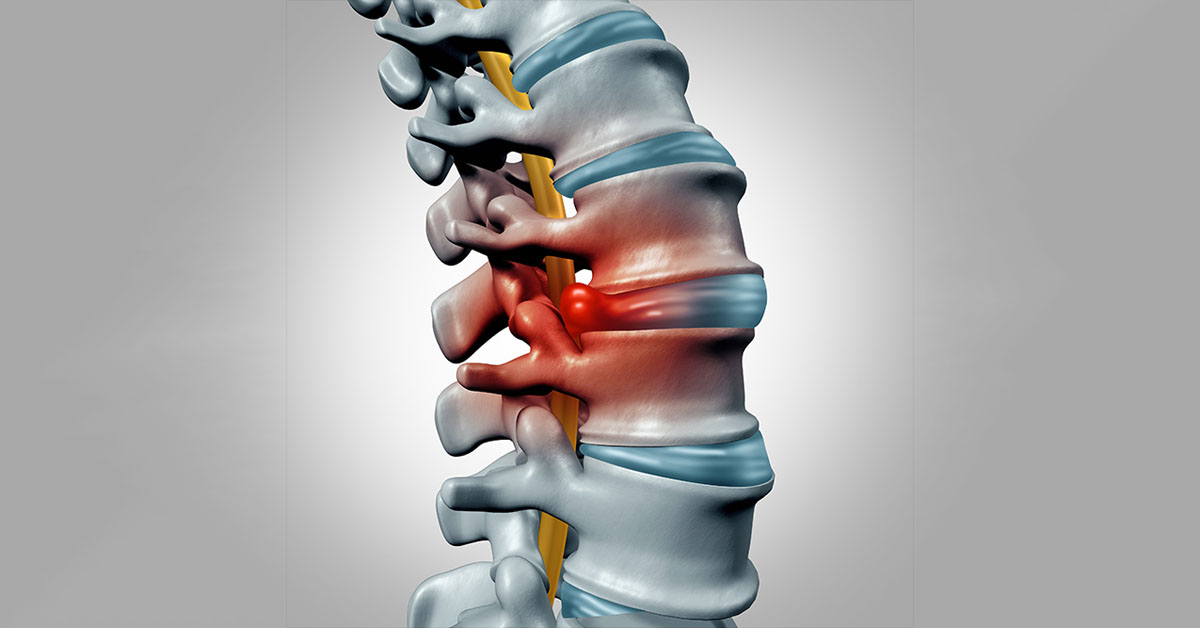
What is Cervical Myelopathy?
Cervical myelopathy refers to a clinical condition that affects the cervical part of the spinal cord. Unlike conditions that affect the individual nerve fibers, cervical myelopathy involves compression of the entire spinal cord with resultant damage to and loss of function of all the nerves that lie below the level of compression in the cervical portion of the spine.
What Causes Cervical Myelopathy?
Cervical myelopathy occurs due to compression of the cervical portion of the spinal cord. Different pathologies can compress the spinal cord and can include a protruded intervertebral disc (disc herniation), bone spur formation due to osteoarthritis and compression of the spinal column from tumors. Other causes are relatively rare and can include infections, inflammatory conditions, nutritional disorders and injury to the spinal column.
Whatever the cause, the underlying pathology is always one of compression of the spinal cord due to narrowing of the space within which it lies. In other words, spinal stenosis seems to be the underlying pathology.
Symptoms and Signs
The clinical symptoms and signs seen in cervical myelopathy depend upon where exactly the compression is occurring. In patients who have compression near the cervical vertebra, there may be weakness and altered tone within the muscles of the upper limb and lower limb. Patients may experience bowel and bladder incontinence along with an alteration in skin sensation. On clinical examination, the deep tendon reflexes (the reflexes that are elicited when a doctor taps various tendons in the body gently with a rubber hammer) may be exaggerated.
In patients who have myelopathy that has occurred due to compression at a lower level (thoracic and lumbar), the symptoms may only involve legs and patients may experience difficulty walking, complete paralysis and alteration in sensation.
Whatever the level of compression is, it is essential to diagnose this quickly and treat it as an emergency.
Diagnosis of Cervical Myelopathy
Most cases of cervical myelopathy can be diagnosed from clinical examination. The neurological deficits that can be elicited from examination can help ascertain the level at which the myelopathy has originated. This can help decide on treatment. Additional investigations will be performed and can include a CT scan or MRI scan.
The cause of cervical myelopathy can be fairly easily deduced from history. In patients who have a slow onset and gradual progression of symptoms, it is likely that the compression is caused due to an abnormal blood vessel (called arteriovenous malformation) or an accumulation of blood around the spinal cord. Patients who also experience pain from individual nerve fibers (called radiculopathy) are likely to have an infection or tumor that is affecting the spinal cord.
Treatment
The treatment of cervical myelopathy depends upon the cause. It is considered an emergency and the pressure that is being placed upon the spinal-cord must be relieved as soon as possible. Depending upon the cause, different treatments may be offered. Surgery appears to be the mainstay of treatment. Patients who experience constant pain will require painkillers. Regular over-the-counter medication may help but in some cases patients require morphine-based painkillers.



